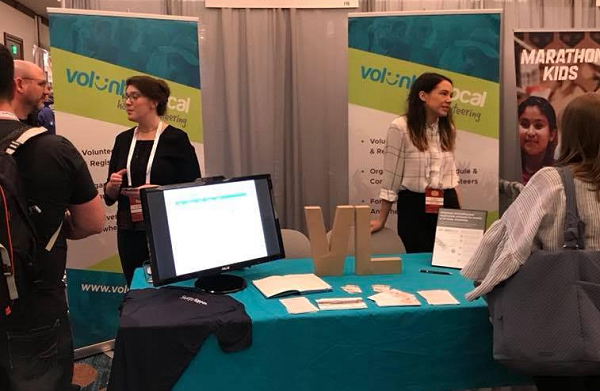 Road races have quickly become a multi-billion dollar industry. While many nonprofits organize smaller races to simply fundraise for their causes, some races have become so huge that they must include corporate sponsorships either as a peripheral or integral part of their budget.
Road races have quickly become a multi-billion dollar industry. While many nonprofits organize smaller races to simply fundraise for their causes, some races have become so huge that they must include corporate sponsorships either as a peripheral or integral part of their budget.
A huge budget doesn’t mean volunteers aren’t necessary, though. These races still need folks to operate water stations, welcome and register participants, and perform other small tasks throughout the morning. It’s important to note that there are potential legal issues surrounding recruiting volunteers as a for-profit organization. In order to avoid misleading or coercing volunteers into doing something they should be paid for, you can do a few things to make it worth your volunteers’ time:
Offer other organizations whose missions are analogous to yours a chance to be a charity sponsor. In exchange for providing a few volunteers the day of the race, another organization can have a booth and advertise at your event. This type of sponsorship takes time to arrange, but can lead to fruitful partnerships that last years!
Offer out-of-this-world swag. With your corporate sponsorship, you might have connections to truly great deals: coupons for spa days, exercise gear, gift bags, and more. You can also set up a volunteers-only raffle – if your volunteers know that the pool is limited, they’re likely to get more excited about their chances!
Offer event tickets – not only for your volunteers, but for their loved ones, as well. Corporate-sponsored races can often be quite expensive to enter, so the ability to get in for free is a huge plus. For example, one person in a married couple who wants to run the race could take the free ticket while their spouse volunteers. This way, the spouse gets to be there for support and the couple didn’t have to pay anything to be there.
Recruiting volunteers in a for-profit race can be sticky! But remember, the sport of road racing is absolutely taking off – there are plenty of folks who are interested in simply being there for the action. Emphasize a morning of togetherness, athleticism, and the awesome swag you’re going to offer them, and you’ll be inundated with potential volunteers.
 Volunteer Fairs are a common practice for employers and groups looking to connect their people with causes. But how can you stand out among a veritable smorgasbord of service opportunities? Keep these tools in mind when prepping for success at a volunteer fair.
Volunteer Fairs are a common practice for employers and groups looking to connect their people with causes. But how can you stand out among a veritable smorgasbord of service opportunities? Keep these tools in mind when prepping for success at a volunteer fair. During an event, volunteers are a part of your team.
During an event, volunteers are a part of your team.

 An event is on the horizon
An event is on the horizon 2017 called and it said to let go of your old Excel sheets and move to a quicker way to organize volunteers.
2017 called and it said to let go of your old Excel sheets and move to a quicker way to organize volunteers. Celebrate the Wins
Celebrate the Wins
 Streamline the onboarding process.
Streamline the onboarding process.